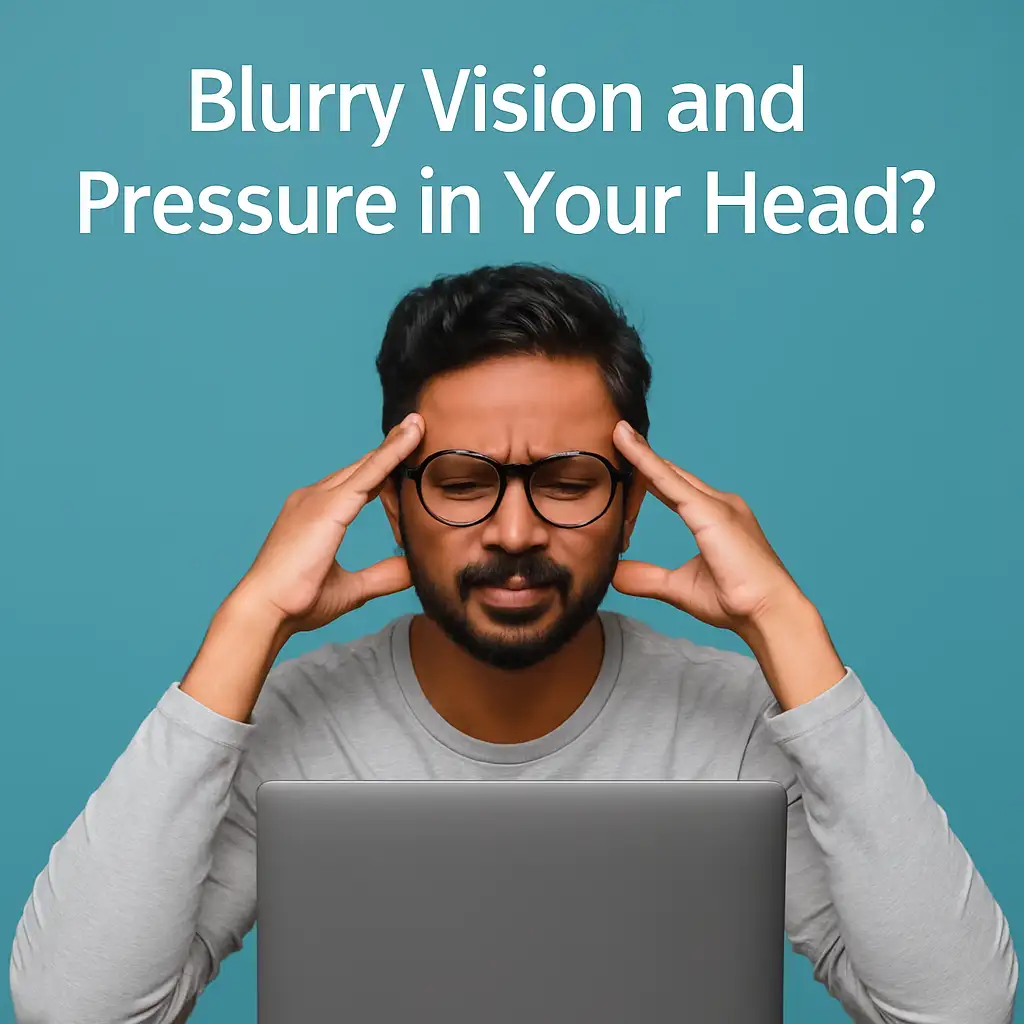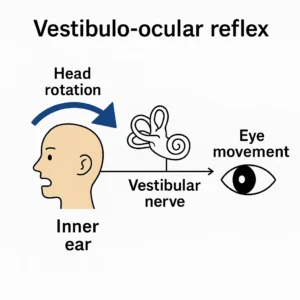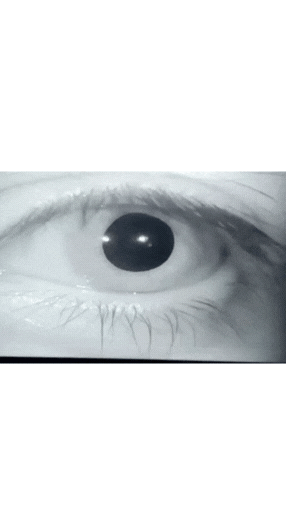Headache, Blurred Vision & Sensory Overload
When pressure, light sensitivity and visual symptoms point to an ENT-neuro link

Blurry Vision and Pressure in Your Head?
The issue could start in your ears or sinuses — not just your eyes.
Dr. Peerbaccus investigates overlapping ENT and neurological causes of head pressure, blurry vision, and headaches — to bring you relief with the right diagnosis.

👁️ When Blurred Vision Isn’t Just About the Eyes
Many patients experience intermittent blurry vision and headaches. Quite often, an eye test reveals no significant change in their prescription glasses. They may still go ahead and change their glasses — but the symptoms don’t improve.
Why?
In these cases, the problem isn’t the eyes themselves, but rather the inner ear — specifically, the vestibular system, which plays a vital role in balance and coordination.
🔄 The Inner Ear’s Hidden Role: The Vestibulo-Ocular Reflex
There is a powerful neurological connection between your inner ear balance system and your eye muscles, called the vestibulo-ocular reflex (VOR).
This reflex helps your eyes stay steady when your head moves. If the vestibular system is dysfunctional, it may cause visual instability, eye strain, and symptoms that feel like your vision is blurred — even though your eyes are fine.
👂 The Solution? Test the Inner Ear
If you have:
Ongoing blurry vision despite updated glasses
Headaches without a clear eye or brain cause
A sense of imbalance or motion sensitivity
👉 You may need inner ear and vestibular testing.
Dr. Peerbaccus specialises in evaluating the vestibulo-ocular system, helping patients find real answers to persistent symptoms.

